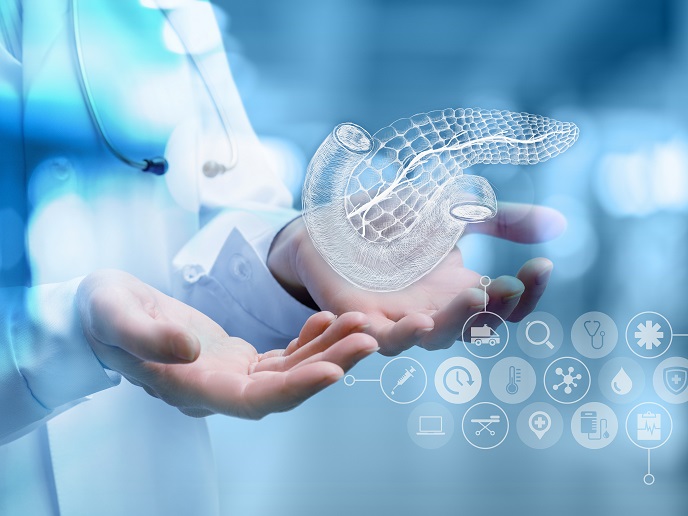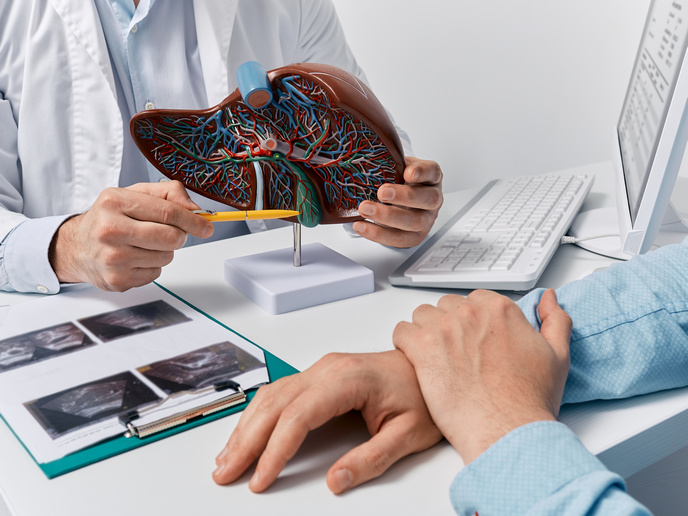3D bioprinted pancreatic tissue to advance biomedical research
Pancreatic diseases, including diabetes, cancer and pancreatitis, affect almost 10 % of the global population. In 2021, diabetes alone caused 6.7 million deaths. Yet despite a huge need for new therapies, much medical research is hampered by a lack of access to in vivo pancreatic tissue. “Current methods to study pancreatic diseases don’t allow researchers to fully capture the complexity of the processes that occur during pancreatic development,” explains Francesca Spagnoli(opens in new window), professor of Regenerative Medicine at King’s College London(opens in new window) and Pan3DP project coordinator. Bioprinted 3D organ models are lab-printed tissues that hold great potential in biomedical research, offering a way to study tissue development, model diseases and analyse potential treatments. In the EU-funded Pan3DP project, a multidisciplinary consortium from academia and industry worked to develop an innovative technique to bioprint embryonic pancreatic tissue. “The main innovation is the use of 3D bioprinting for mimicking the exact cell composition and cell-cell interactions which occur during normal pancreas formation,” adds Spagnoli. “These bioengineered structures have the potential to further differentiate into mature pancreatic tissue,” she remarks, allowing for further study.
The challenges of lab-grown organs
Pan3DP had three main goals: to further our knowledge of the 3D architecture of the pancreas, to create bioprinting technology to engineer pancreatic tissue, and to find the right conditions that allow this embryonic tissue to mature. Printing organic tissues is tricky. The process is still in its infancy, and the Pan3DP project selected a complex and thick organ structure – the pancreas – making the challenge harder still. Millions of cells are needed to scale up the printing to create tissues. To overcome this issue, the team opted to use embryonic stem cells, and differentiate them into pancreatic progenitor cells(opens in new window) – an approach not used before in pancreatic bioprinting.
Developing new bioprinting techniques
Through the project, the team used two bioprinting technologies, including ‘Laser-Assisted Bioprinting’ for printing and manipulating mesoscopic objects such as organoids and cell aggregates(opens in new window). “These are extremely important proofs of concepts that have set up the scene for future studies in the field and future bioprinting application for generating multicellular pancreatic tissue,” says Spagnoli. Another major achievement of the Pan3DP project was the creation of a digital embryonic pancreas atlas based on 3D image data sets, which visualise the three main cell types — epithelium, endothelium and mesenchyme — of the mouse embryonic pancreas. These images were annotated and deposited on an open-source online repository called the Pancreas Embryonic Cell Atlas(opens in new window), and published in a leading scientific journal(opens in new window).
Supporting tissue bioprinting research
The results and new approaches created through the Pan3DP project will pave the way for the fabrication of human pancreatic tissue based on the use of stem cell-derived pancreatic cells. “Our results not only have driven major technological advances in tissue engineering and bioprinting but will also open up radically new possibilities in medicine, allowing us to study pancreatic diseases ex vivo in fabricated tissue, to develop new drugs, to reduce animal use, and to facilitate the replacement of injured or diseased tissue,” notes Spagnoli. The next step is to transition to human tissues, applying the same principles of biomimicry and technical approaches defined in the mouse onto human cells – beyond the pancreas. “Ultimately, our approach and methodology can become a paradigm and be extended to create 3D bioprinting pipelines for other tissues,” says Spagnoli.







